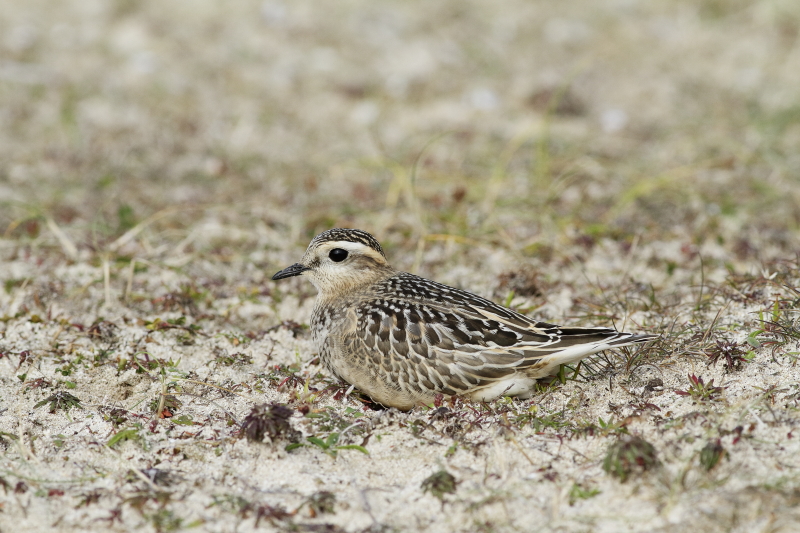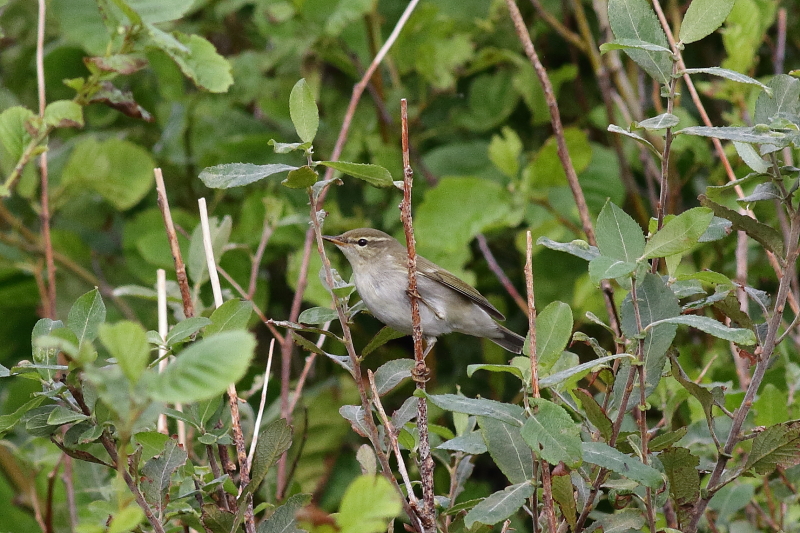I headed out to Inishmore on Saturday for my annual September wader trip. I didn't have high hopes on the wader-front given how poor its been this autumn. Checked all the wader spots - Trawmore, Loch Bharr an Phointe, Loch Phort Chorrúch, Kilmurvey, etc. There was zero water at the turlough at Kilmurvey so no chance of the Hudsonian Godwit still hanging around there. The best was right at the end of the day as I was on the ferry back home in the form of two Grey Phalaropes right beside the boat. Very brief and of course the camera was in the bag! On the island I had a Little Egret at Loch Phort Chorrúch (island tick for me) and 2 Grey Plover (possibly another island tick for me?), 4 Pintail and a Grey Wagtail. I only had time for a quick look at the gardens/wood at Kilmurvey and the REV garden along the High Road, both of which held a single Chiffchaff. I would have stayed until Sunday but I just couldn't find any accommodation. The whole island seemed to be full up. My days of staying in the hostels are over I think. The only two B&B's that had a vacancy were charging 70 and 80 euro each, thanks but no thanks. Sad to see rip-off Ireland is as healthy as ever, probably never went any in the last seven years in some quarters anyway.
I checked the SW Mayo coastline and Achill Island with Cathal Forkan on the Sunday. All very quiet there too. No sign of the adult American Golden Plover at Keel sadly. This wasn't too surprising as there was a huge amount of disturbance in the area between a small outdoor festival beside Keel Lough, numerous wind surfers on the lake and beach, a lot of golfers on the machair (did I mention before how much I despise golfers?), walkers with/without dogs and even a scrambler bike to top it off. Trying to regularly bird a place like Achill would do my head in with all this disturbance. I generally associate Achill with either badly overgrazed/damaged overcut bog or Rhododendron/Gunnera invested land. Safe to say I ain't a fan!
 |
| Little Egret |
 |
| Little Egret |
 |
| Little Egret and Grey Heron |
 |
| Little Egret and Grey Heron |
 |
| Grey Heron |
 |
| Grey Heron |
 |
| Chiffchaff |
 |
| Lapwing near Kilmurvey, probably hung out with the Hudsonian Godwit when it was on the island! |































































